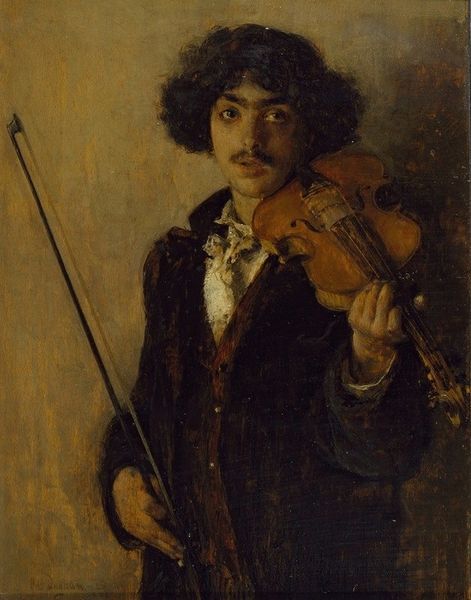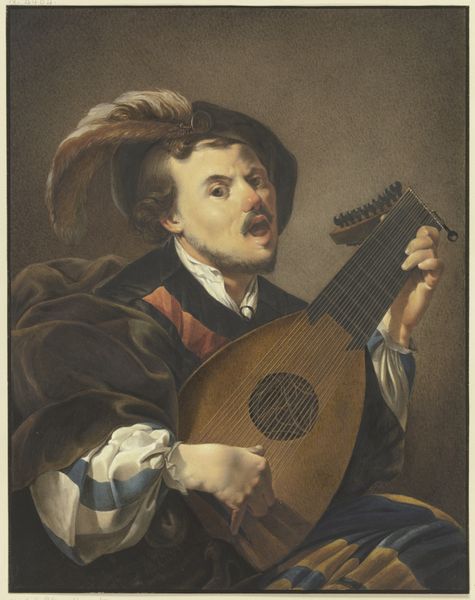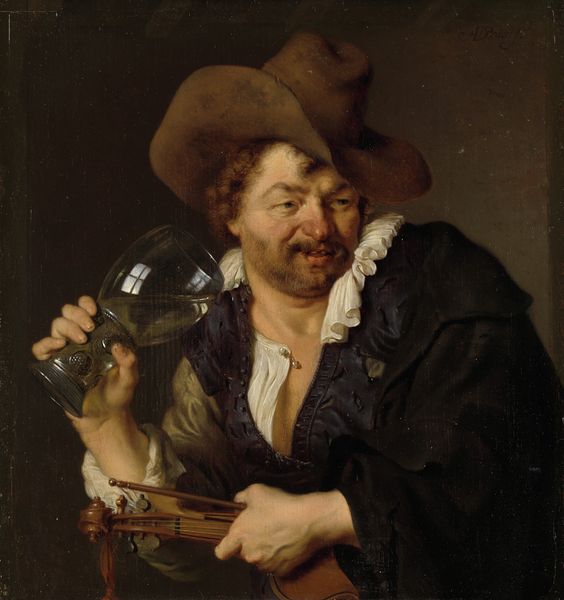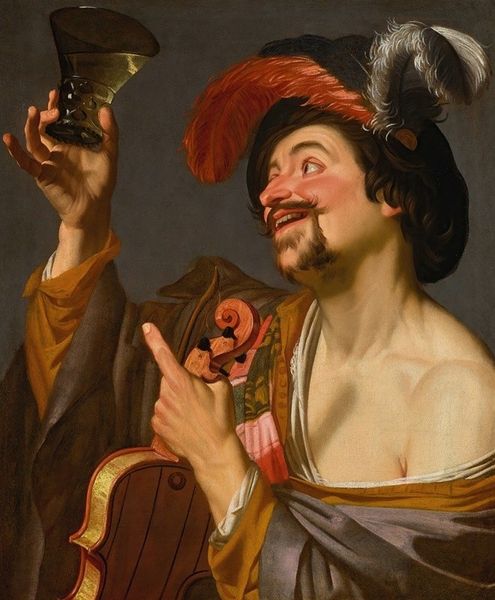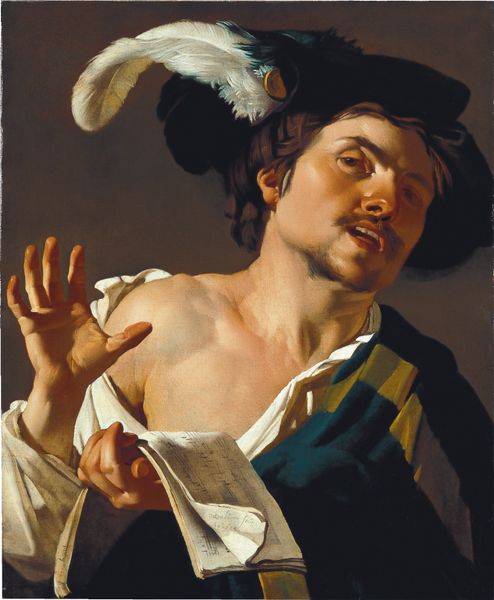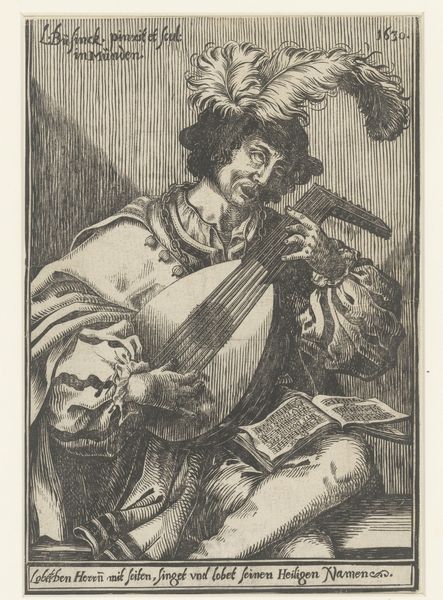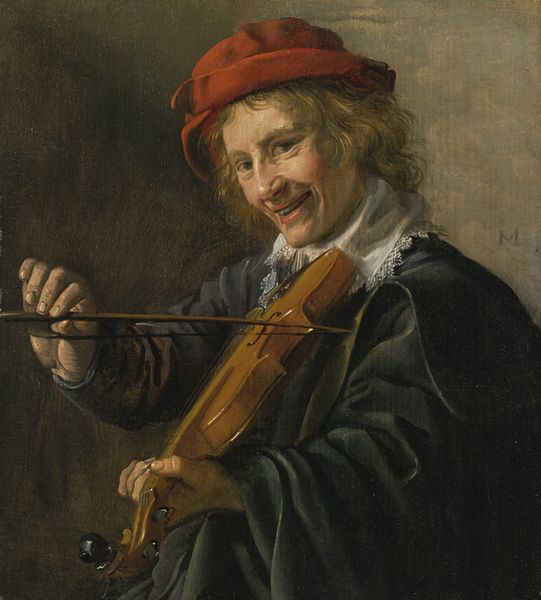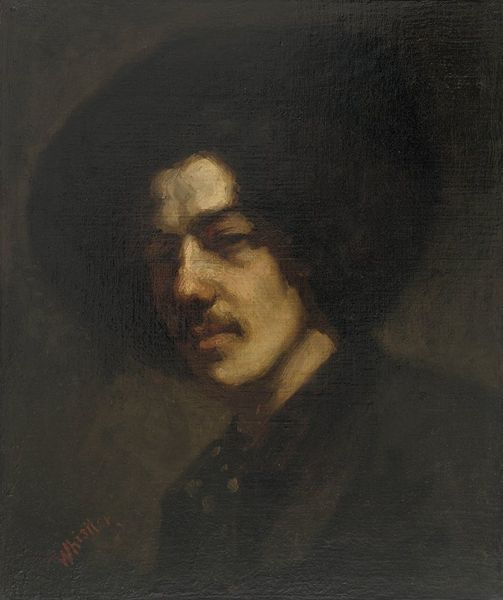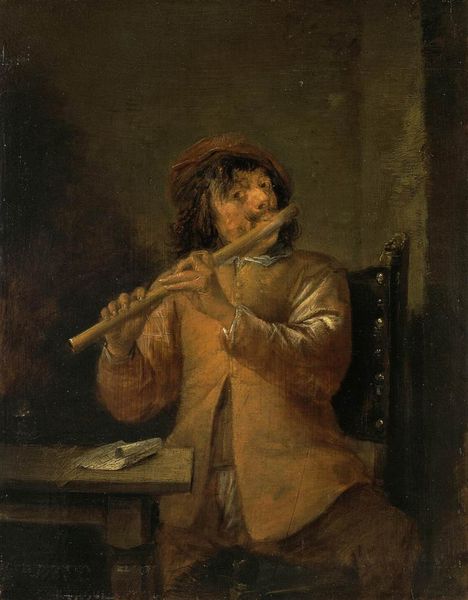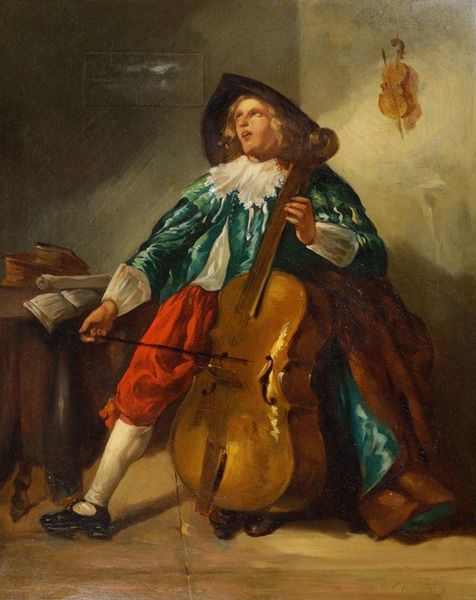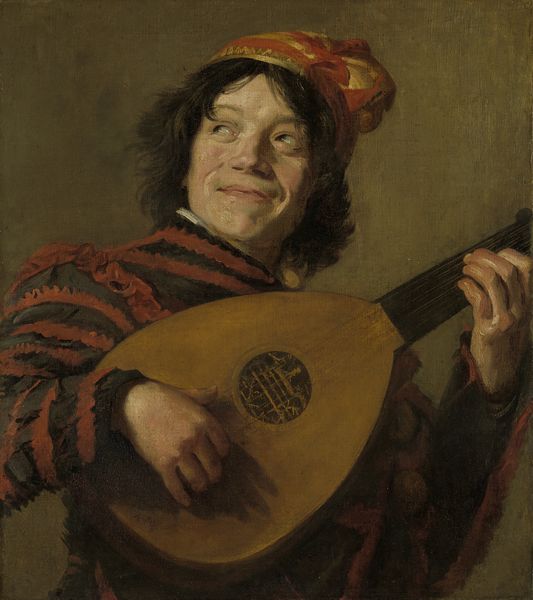
oil-paint
#
portrait
#
baroque
#
oil-paint
#
chiaroscuro
#
genre-painting
#
history-painting
#
italian-renaissance
#
nude
Copyright: Public domain
Curator: Here we have Orazio Gentileschi’s "Executioner with the Head of John the Baptist," created around 1612 using oil paint. It's a striking, powerful piece from the Italian Renaissance. Editor: It certainly is powerful, almost unsettling. The young man’s detached gaze clashes with the graphic imagery, and I find it a bit disturbing. Curator: That detachment, that's key. It speaks to a specific socio-political environment where violence was almost theatrical. Note the executioner, how he’s depicted— almost as a self-satisfied youth, a far cry from the brutal figure one might expect. The sword, held almost casually, punctuates the scene. Editor: Exactly. It normalizes the violence. The casualness points to a deeper societal problem, doesn’t it? I am stuck at the youth looking rather fashionable—the feathered cap and elaborate vest seeming almost celebratory, rather than remorseful, making a clear commentary about masculinity and violence. Curator: Precisely. This relates back to the concept of justice in the early 17th century. Gentileschi, through his innovative use of chiaroscuro, or contrasting light and shadow, emphasizes the brutal reality of the execution, but does so within a structure that upheld such actions as commonplace. This work, within the broader context of baroque art, is intended to instruct, perhaps even warn, but under the patronage and societal gaze that permits such things. Editor: That shadow and light draw attention to both faces, almost equally—the executioner bathed in more light as the controller of this grim action. I see it as more of an exposé than a simple genre or historical painting. Gentileschi isn't just illustrating a story; he's actively inviting us to question power dynamics and the price of such skewed masculine performance, in all of its gory details. Curator: And I'd argue that he presents us with an enduring problem: the allure and danger of unchecked authority. It's not just a scene from the past, but a challenge to confront the political theatre in our present. Editor: Agreed, the legacy of "Executioner with the Head of John the Baptist" endures in its capacity to spark critical dialogues about how we perceive and engage with representations of violence, masculinity, and power. Curator: Indeed. Its visual echoes prompt enduring and important reflections about the human condition.
Comments
No comments
Be the first to comment and join the conversation on the ultimate creative platform.
